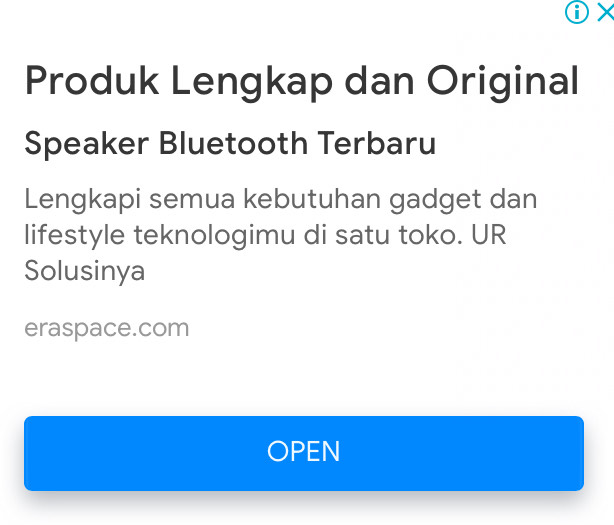Insurance
Full Coverage Auto Insurance Explained: Understanding Your Protection
Auto insurance is a crucial aspect of responsible car ownership, providing financial protection against unforeseen events on the road. Among the various types of car insurance available, “full coverage auto insurance” is a term often used, but it can be misunderstood. In this article, we will delve into the meaning and components of full coverage auto insurance, helping you make informed decisions when selecting the right insurance policy for your needs.
Understanding Full Coverage Auto Insurance:
Full coverage auto insurance is not a specific policy offered by insurance companies, but rather a combination of different coverages designed to provide extensive protection for your vehicle. It typically includes three main types of coverage:
1. Liability Coverage
Liability coverage is the foundation of any auto insurance policy and is mandatory in most states. It provides financial protection if you are at fault in an accident and cause injuries or property damage to others. The liability coverage is further divided into two parts:
Bodily Injury Liability: This aspect of liability coverage pays for medical expenses, lost wages, and other damages if you injure someone in an accident.
Property Damage Liability: Property damage liability covers the repair or replacement costs for the other party’s vehicle or property that you damaged in an accident.
2. Collision Coverage
Collision coverage is designed to cover the cost of repairs or the actual cash value of your vehicle if it’s damaged in a collision, regardless of who was at fault. This coverage is especially helpful for expensive or newer vehicles where repair costs can be significant.
3. Comprehensive Coverage
Comprehensive coverage protects your vehicle against non-collision-related damages, such as theft, vandalism, fire, natural disasters, and hitting an animal. It provides reimbursement for the cost of repairs or the actual cash value of your car if it’s stolen or deemed a total loss due to covered perils.
Important Points to Consider:
4. Deductible
When you have full coverage auto insurance, you will have to pay a deductible before your insurance coverage kicks in to cover the damages. The deductible amount is chosen by you when you purchase the policy. A higher deductible will lower your premiums, but it means you’ll have to pay more out of pocket in the event of a claim.
5. State Requirements and Lender’s Requirements
While full coverage insurance is comprehensive, it might not include every type of coverage that you would need in all circumstances. Additionally, if you have a car loan or lease, the lender might have specific insurance requirements that you must meet, such as carrying collision and comprehensive coverage until the loan is paid off.
Conclusion:
Full coverage auto insurance is a comprehensive combination of liability, collision, and comprehensive coverage designed to offer extensive protection for your vehicle and other motorists. However, it’s essential to remember that the term “full coverage” might vary between insurers and doesn’t mean you are entirely shielded from all potential risks. When choosing a policy, carefully review the coverage options, consider your needs, and consult with insurance professionals to find the best auto insurance plan that provides adequate protection for your unique situation. Remember, responsible car ownership includes being adequately insured to safeguard yourself, your passengers, and your financial well-being on the road.
DAGET


































